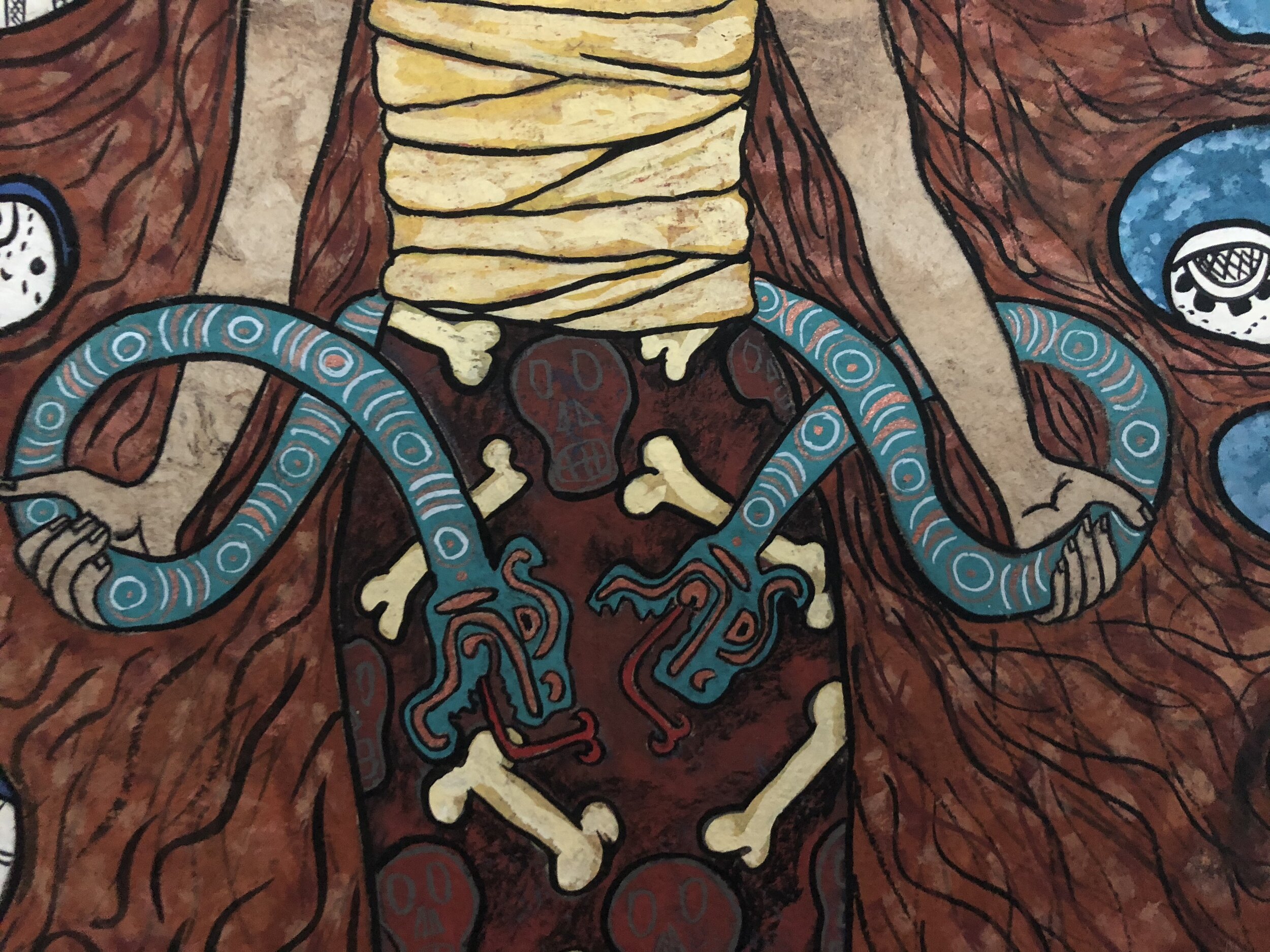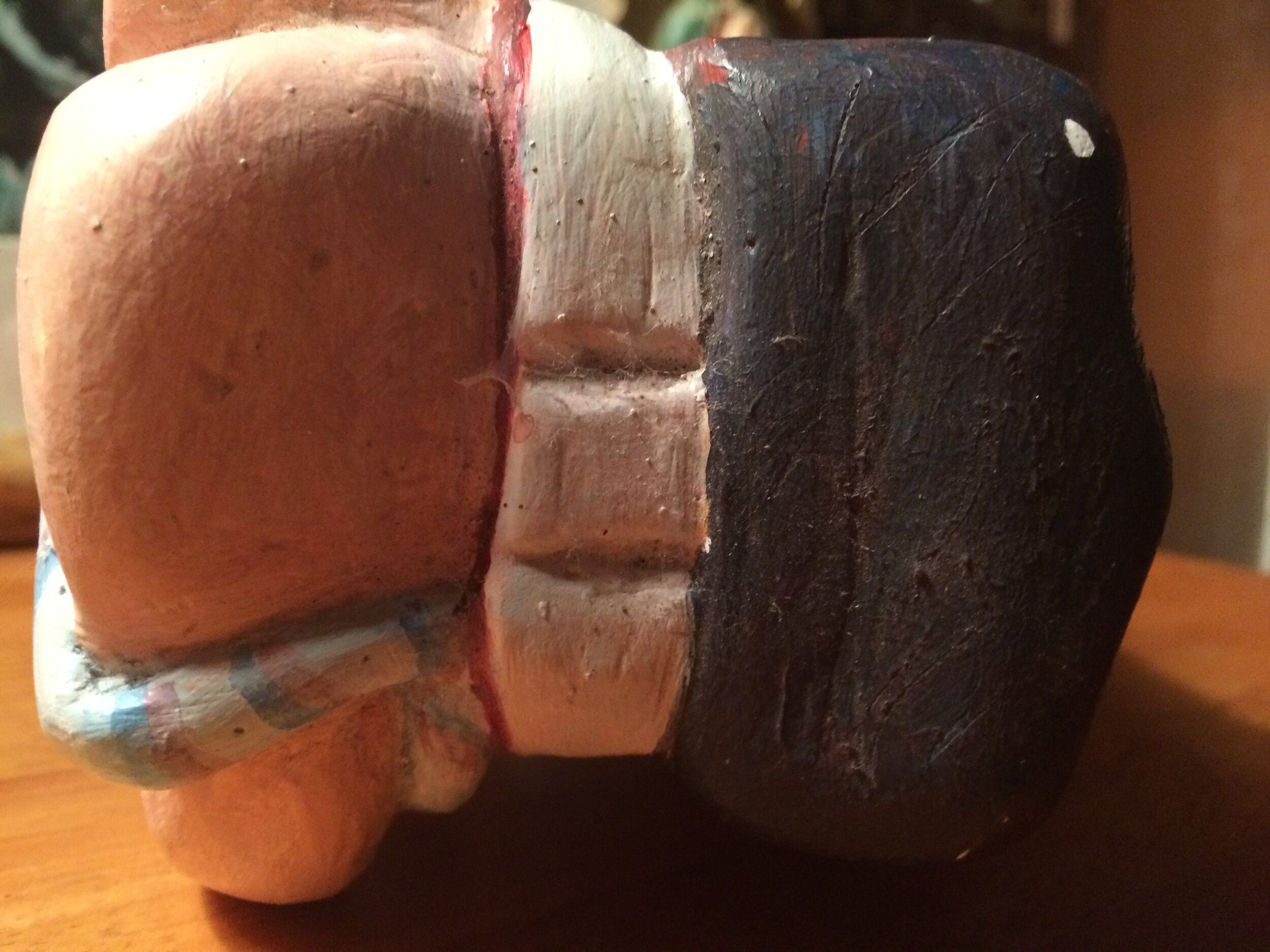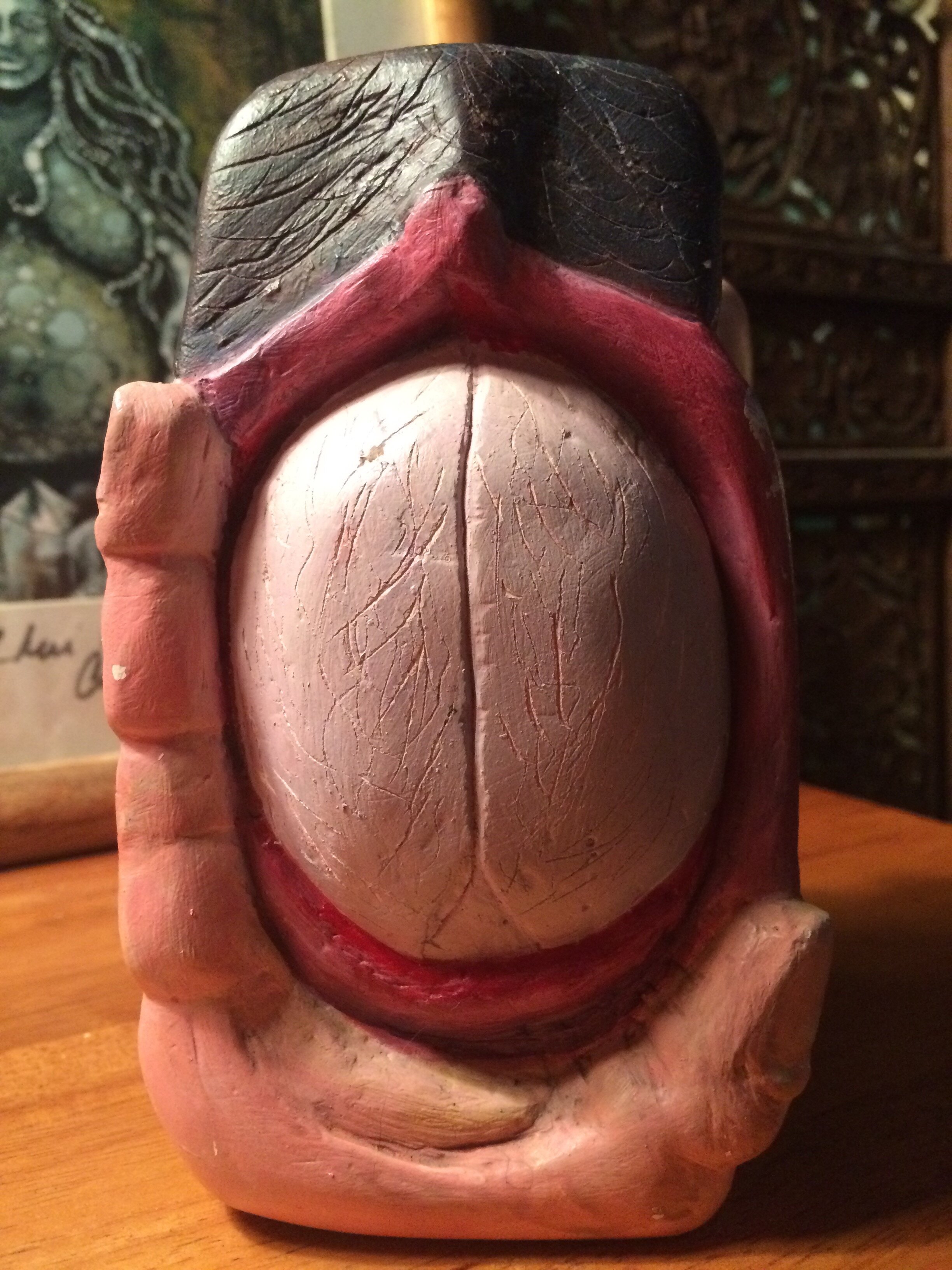
Medra shares her life story in an interview with Erica McMillan of Honolulu Vibes:
Medrakanoeonapua
In an era where more and more people practice midwifery as a a scientific procedure; a set of steps which, when followed, is expected to ensure safety, Medra developed and perpetuated a style of midwifery which is grounded in a more indigenous understanding of safety. Over more than 40 years she has refined a combination of keen observation, courage, sharply honed skills, intuition and humility to support every birth as the unique spiritual journey of one woman.
While training to be a midwife in El Paso, working with women who spoke only Spanish and no English, Medra, who could only speak “baby-talk” in Spanish, honed her ability to connect with women in a universal way and to communicate the most important information that they needed. This seeded her amazing capacity for kind, clear, gentle and firm communication which reaches the true core need for birthing families’ to understand their birth journey.
“This is your dance darlin’. Your’s and your baby’s. I can’t do it for you, he can’t do it for you. You and your baby are going to do this together.”
~Medrakanoeonapua
Being dyslexic, Medra didn’t relate to midwifery through facts and figures as many of her contemporaries (such as the venerable author Anne Frye) did. Instead her artist’s mind wrapped around the information through a three-dimensional visual understanding unique to dyslexics and sometimes called “the gift of dyslexia”. She would write down the story of each birth she attended as well as drawing the details of the mother’s and child’s bodies throughout the birth process. She finds a lesson to be learned from every birth she attends and carries that new understanding with her to the next birth.






Medra’s story offers an important understanding of how regulating midwifery ultimately harms birthing women by reducing midwife diversity. Requiring licensure for midwives ultimately ends up culling out midwives who do not practice through memorization, facts, figures and tests. While these skills are highly regarded in our dominant white, western culture, there are other valuable and ancient types of wisdom which have always informed practices such as midwifery throughout the ages. Academics, testing and paperwork were never Medra’s strengths but her intuition and creativity, as well as her lack of jealousy or fear contributed to her midwifery in ways that are ultimately just as effective.
Let’s take a moment to wonder if the maternal health crisis we are seeing in our modern times, especially for black, indigenous and people of color, could not have something to do with the fact that midwifery regulation robs birthing women of this alternative approach which, for some, could be more relevant. Proponents of midwifery regulation tell us:
“Oh, yes, you can practice your alternative, cultural, traditional and spiritual beliefs as long as it’s within the context of our dominant cultural structure.”
This is the lie of colonization.
When she and her family arrived in Hawai’i in 1984, Medra became a student and admirer of Hawaiian culture. She studied hula and ukulele under two great kumu hula, first Elizabeth Kekau’ilani Kalama “Auntie Lani”, and then later Hannah Kia Kalilimoku of Halau O Kia. Medra and Hannah formed a very close friendship that was more like a sisterhood. Medra sponsored Hannah as Lei Day Queen for several years. They also published a book of Hannah’s songs entitled “Me Ke Aloha Nui” in 1994. Medra continued to learn about her host culture, studying la’au lapa’au under Papa Ohai and lomilomi under Uncle Alva Andrews.
Medraʻs commitment has always been to supporting and serving the women in her community NOT governments or professional organizations. Recognizing her own privilege as a military wife with means, Medra practiced midwifery as a spiritual calling. She rarely charged, accepted trade and volunteered her assistance. Even during times in history when it was legal to charge for midwifery services in Hawaii, Medra kept her fee low and refused payment from Native Hawaiian families out of respect for their culture and land. In 1995 when NARM called practicing midwives all over the country and offered to grandmother them into the system as the first generation of CPM’s Medra declined their offer. She saw midwifery as a matriarchal art and knew that organizing it’s professionalization would eventually bring it under a patriarchal system of regulation. She wanted to remain always in service to the mothers, not to other midwives, doctors or politicians. Medra’s vision was to freely share information with the community so that all could develop their abilities to care for one another throughout the childbearing cycle.
This approach was clearly very subversive. Not only to the medical profession but to midwives who wanted to establish themselves as professionals who were needed in order to save women from the dangers of childbirth and who aspired to make a living off of that paradigm. Over four decades Medra has stood as a staunch rebel and been the target of a great deal of slander and defamation. Despite an amazing record of safety, doctors and midwives have made up stories and statistics in order to accuse her of being irresponsible and dangerous. Medra stopped counting how many births she attended thirty years ago when she caught baby number 3000.
Wise Tenets of The Medra Legacy:
The mother makes the birth. This is her journey, everything that happens is part of the journey she is creating and needs for her own spiritual reasons.
It’s not about you.
LOVE her.
Learn to Observe deeply and listen to your and Intuition and you will…
~Understand exactly what is happening and be ready to ACT decisively and effectively when it’s needed.
~Know when itʻs time to transport. Don’t be a hero and try to “save” everyone from the hospital. If transport is whatʻs needed, go with it. Sooner is better than later so that itʻs calm and mother and baby are both in good shape and the hospital staff are spared trauma as well.









